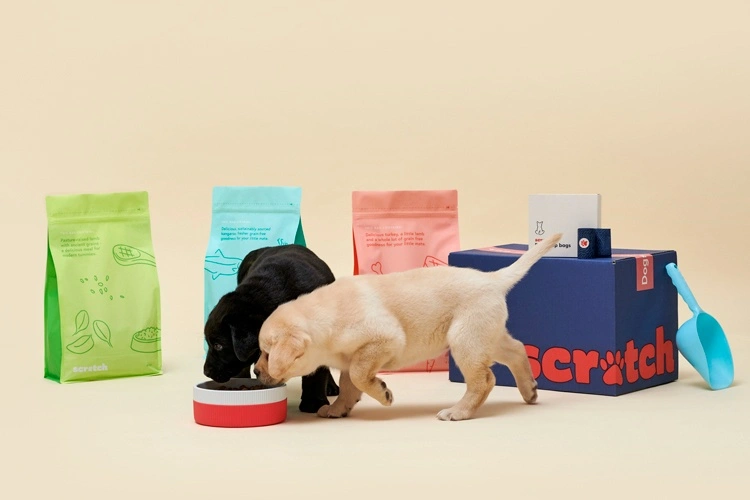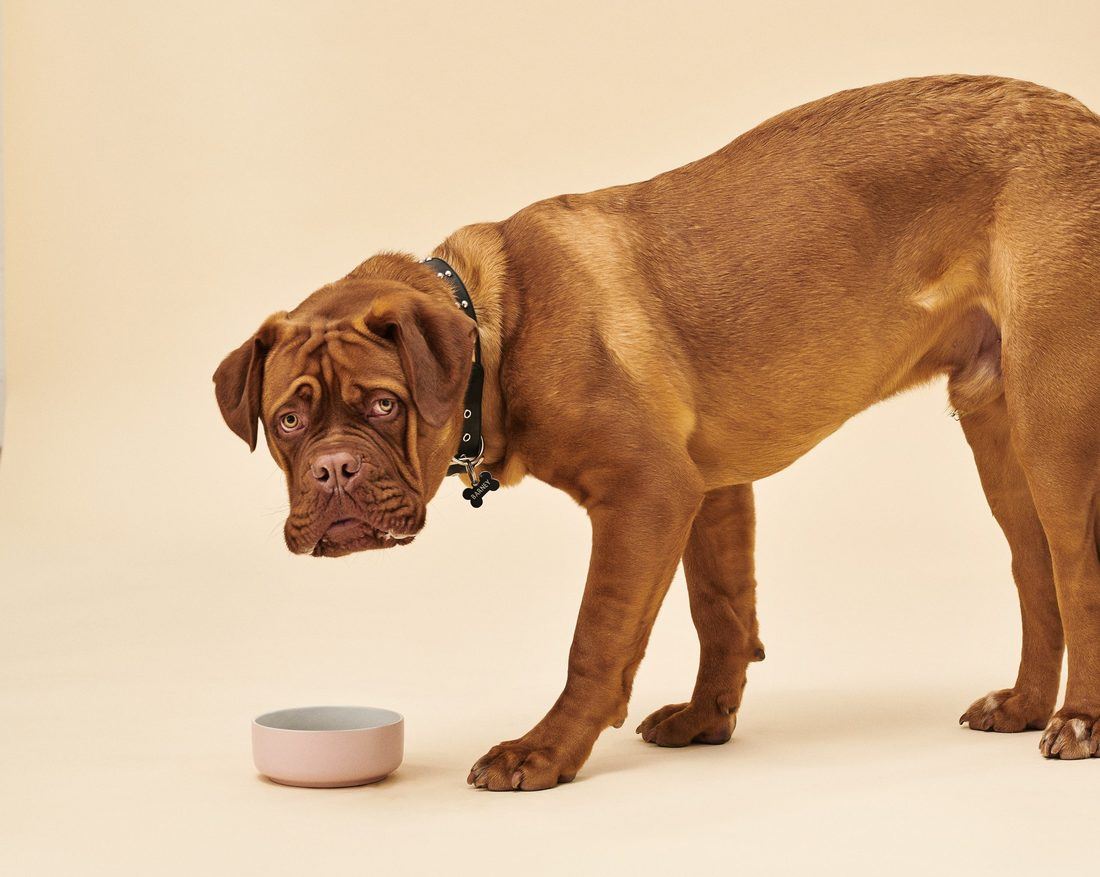You know that feeling. Your nostrils get the first whiff of that delicious smell. Drool starts forming at the sides of the mouth. The popcorn pops just fast enough for you to press pause and snatch it out of the microwave. Tasty, but a little bland, you eye off the salt. After a few shakes, mmmm.
Dog food isn’t too dissimilar. Bland ingredients often get dosed with salt to make it more appealing, but what is the effect of salt on our dog’s organs?
A little background on salt in dog food
Salt has two main benefits:
- It is an essential nutrient that helps to balance electrolytes (fluid volume), also supporting nerve and muscle growth
- It acts as a preservative, helping to bind moisture in food
Most dog foods will add additional salt for a number of reasons
- Salt improves palatability so dogs are more likely to eat it
- It helps manufacturers make the food stable – particularly moist treats and chilled food
Most recipes have salt, so how much salt is too much?
There’s nothing wrong with salt, however excess salt or high salt intake in a short amount of time can present health risks.

Puppies require at least 0.45% salt in their food, but this reduces to just 0.12% minimum as they reach full age. There is actually no upper limit suggested by AAFCO – the association for which most Australian pet food bases their dietary recommendations off.
Be careful with salty treats
Most commercial dry dog food will have healthy levels of salt for all life stages, but some might not have enough for growing puppies. Treats are where you really need to watch out.
Semi-moist and flexible treats are the riskiest, as manufacturers can include plenty of sugar and salt to increase yield.
With high salt levels, this is why bacon and other processed meats should be off the menu.

What breeds & health issues should watch their salt intake?
Some dogs with medical conditions may require no salt or a low-salt diet.
If your dog has ‘Congestive heart failure’ which causes fluid to build up in the body, your vet might direct you to a low-salt diet. Many dogs showing signs of kidney disease are also advised to limit salt intake.
If you’re unsure about salt and your dog, ask your dog food brand how much salt is in their food, and speak to your vet.
Finding out how much salt is in your dog food
As we know, dog food labelling standards in Australia are atrocious and companies have close to free reign over how and whether they choose to reveal your dog’s salt intake.
Salt can be labelled as:
- Sodium Chloride
- Grouped within “Humectants”
- Grouped within “Preservatives”
- Grouped within “Vitamins + Minerals”
- Not even declared at all if the company chooses not to comply with the voluntary Australian standard
How much salt does Scratch have?
Scratch has 0.52% added salt to make sure it has enough for your growing puppy (including our large breed puppy food) and also your older dogs.

